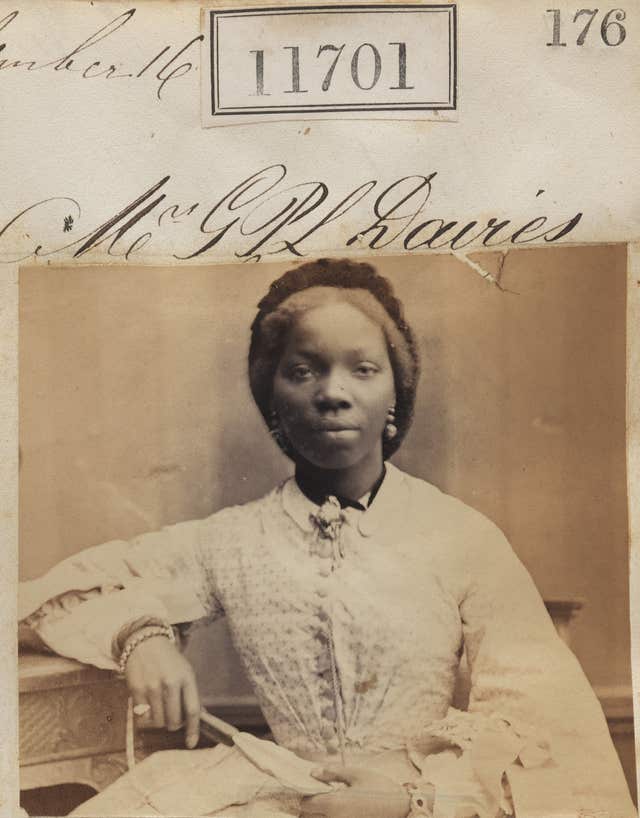Cynthia Erivo will star in and produce a film based on the life of Sarah Forbes Bonetta, a 19th century African princess who was taken in by Queen Victoria’s court after being orphaned and enslaved by a West African king.
Born Omoba Aina, an Egbado princess of the Yoruba people, Aina was “gifted” to Queen Victoria in 1850, taken to England and renamed.
South London actress and singer Erivo, 33, will portray the princess as she faces public scrutiny and personal suffering in the face of a court suspicious of her as an educated black woman.

Developed by BBC Film, the feature will be “a celebration of Sarah, a modern, strategic, determined heroine who found a way to embrace her Black-ness, her African-ness and to ultimately find love: forging a path for herself that honoured both her heritage and her upbringing”.
Walter Dean Myers’ 1999 biography At Her Majesty’s Request: An African Princess In Victorian England has been drawn on as source material, while Benedict Cumberbatch will executive produce.
Two-time Oscar-nominee Erivo said: “I am excited to embark on this journey. It has taken a long time to get to a point where we can even begin to realise this dream.

“As a Nigerian-British woman, to get the opportunity to tell the story of another Nigerian-British woman who until now has been erased from the history books, is an honour.
“Miss Sarah Forbes Bonetta, Omoba Aina, is truly a passion of mine and I’m so pleased to have been able to find partners in the incredible women, Leah Clarke and Rienkje Attoh, to tell the story and finally give her a voice.
“I cannot wait to dive into her story. She is indeed the forgotten princess, forgotten no more.”
Erivo and Solome Williams will co-produce alongside a team featuring members of SunnyMarch, Cumberbatch’s production company.
SunnyMarch’s Leah Clarke said: “It is a real privilege to be working on Sarah’s story with this incredible team.
“Together we hope to bring audiences a bold, modern portrait of an extraordinary woman.”
Earlier this year, a painting of Bonetta was put on display by English Heritage as part of a plan to feature portraits of “overlooked” black figures connected with its sites.
